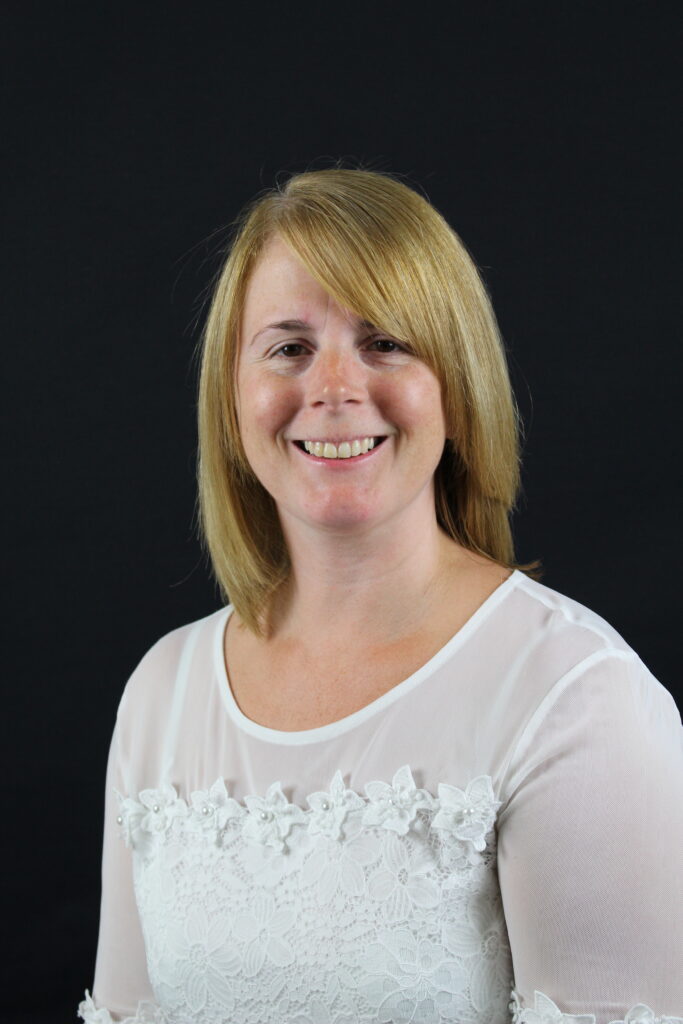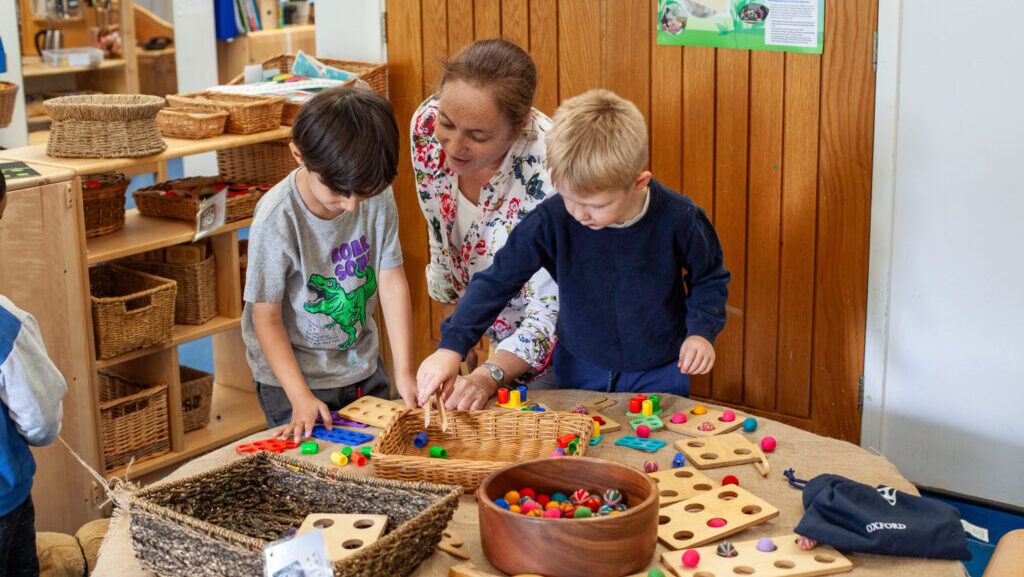Upskilling your team to engage in reflective practice and action research can boost staff retention and wellbeing, as well as…
Busy Bees CPD: Improving yourself and your team
Ann Poolton, head of short course delivery at Busy Bees Education and Training, explores early years training and development and how to deliver effective continuing professional development
It’s no secret that continuous training and development within the early years has a long list of benefits. It’s no surprise that quality training and wellbeing development creates better retainment rates.
As a former nursery manager myself, now working on Busy Bees CPD programmes, I understand the dedication you have. It’s essential that you have access to all the latest knowledge, skills and strategies to support your setting.
However, the Social Mobility Commission’s 2020 report suggests that most practitioners don’t receive an adequate amount of training and professional development. So, what are the challenges we face? What can we do to overcome them to ensure clear training strategies are embedded within every setting?

What is CPD?
CPD means that you are actively looking for ways to learn more about the sector within which you work. Busy Bees CPD is done in lots of different ways. Employees can attend courses, webinars and industry events. Make available free reading resources and newsletters.
One of the best ways to learn about your role is to observe others with more experience in that area.
There are elements of CPD that require individuals to seek out their own learning opportunities proactively. However the culture of learning needs to be embedded within the workforce, starting with the mangers.
Busy Bees CPD focuses on providing learning opportunities as much as possible. For example, sharing an informative website story, having industry magazines available in break-out areas, signing up to a learning bundle and being supportive of any requests.
It also helps to set out a clear training strategy, so staff understand from day one that it’s an important element of their role. There’s no allocated time you need to spend on your CPD, however the Early Years Foundation Stage (EYFS) does set out training requirements within the framework and Ofsted will look for evidence of training and development during its inspection, particularly around safeguarding, first aid, understanding the EYFS and specialist responsibilities.
The benefits of CPD
CPD can help practitioners keep up to date with sector changes and help them to modify their approach in relevant areas.
But in addition to that, it gives those working in childcare a sense of achievement and makes them feel valued within their setting. By encouraging them to invest time and effort into improving their knowledge, you are also encouraging them to invest in a future working within childcare, vital in a sector facing a large skills gap.
The most important aspect of learning is that it improves the quality of the workforce, and in turn improves outcomes for both them and the children in their care.
The challenges
Most settings understand the need for CPD and the benefits it can bring, however we must acknowledge the challenges many practitioners face if we are to overcome them.
The first is time. In order to undertake training, staff must take time out away from delivering care. With ratios to consider, this can be a challenge, especially for childminders and small independent settings.
It can be costly to deliver training to a workforce throughout their careers. The cost-of-living crisis means training is often viewed as a ‘non-essential’. Local authorities at one time offered training opportunities, either free or at a manageable cost, but this has now either disappeared or comes with a higher cost.
In the past, I’ve joined social media groups and forums for advice and to share knowledge, but I’ve found any information to be based on opinion and up for interpretation.
For example, a discussion may be started around how a regulation can be viewed and you become overwhelmed with lots of opinions, but not the facts you need.
However, there are options available to help you overcome these challenges and put a clear and achievable training plan into place.
Busy Bees CPD: Key solutions
It’s clear that a flexible, affordable and credible solution is needed if we are to encourage more CPD.
Sharing of best practice should be encouraged within your setting, with opportunities for mentoring, observations and discussions encouraged.
Many training providers operating within early years will have training packages available that take your challenges into considerations. If the training is on demand, it can be a cost effective way to deliver it.
Each team member can have their own log in and track their progress, giving them autonomy over their own CPD. And they will often provide certificates so you can keep a record of any achievements.
It may also be worth talking to your local authority to see if they offer any CPD opportunities. For example, some local authorities plan to open Stronger Practice Training Hubs. This is part of the government’s education recovery support package.
You can also sign up to early years focused newsletters, such as the NMT newsletter. Take a look at its website for any free resources and advice features.
It’s important to take the time to put a training plan into place that you can share with each member of your workforce. Ultimately the goal to upskill and develop the early years workforce to encourage longevity and quality, which can only have a positive impact on the care children receive.
Latest Features
Male nursery team members can enrich the learning environment for younger children. Claudio Sisera head of diversity and inclusion at…
Last year, National Day Nurseries Association brought together a range of early years experts to produce the Blueprint for Early…





